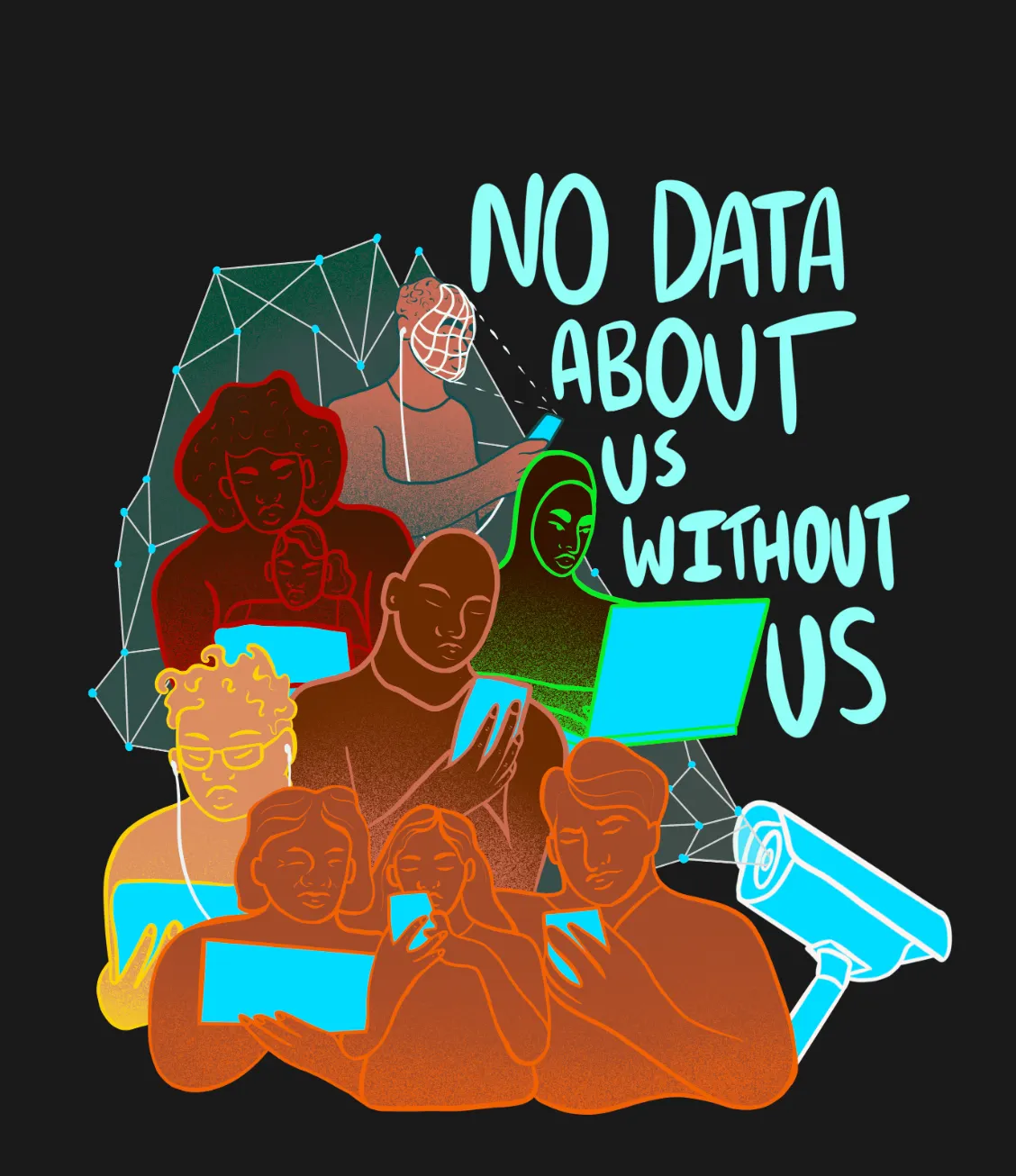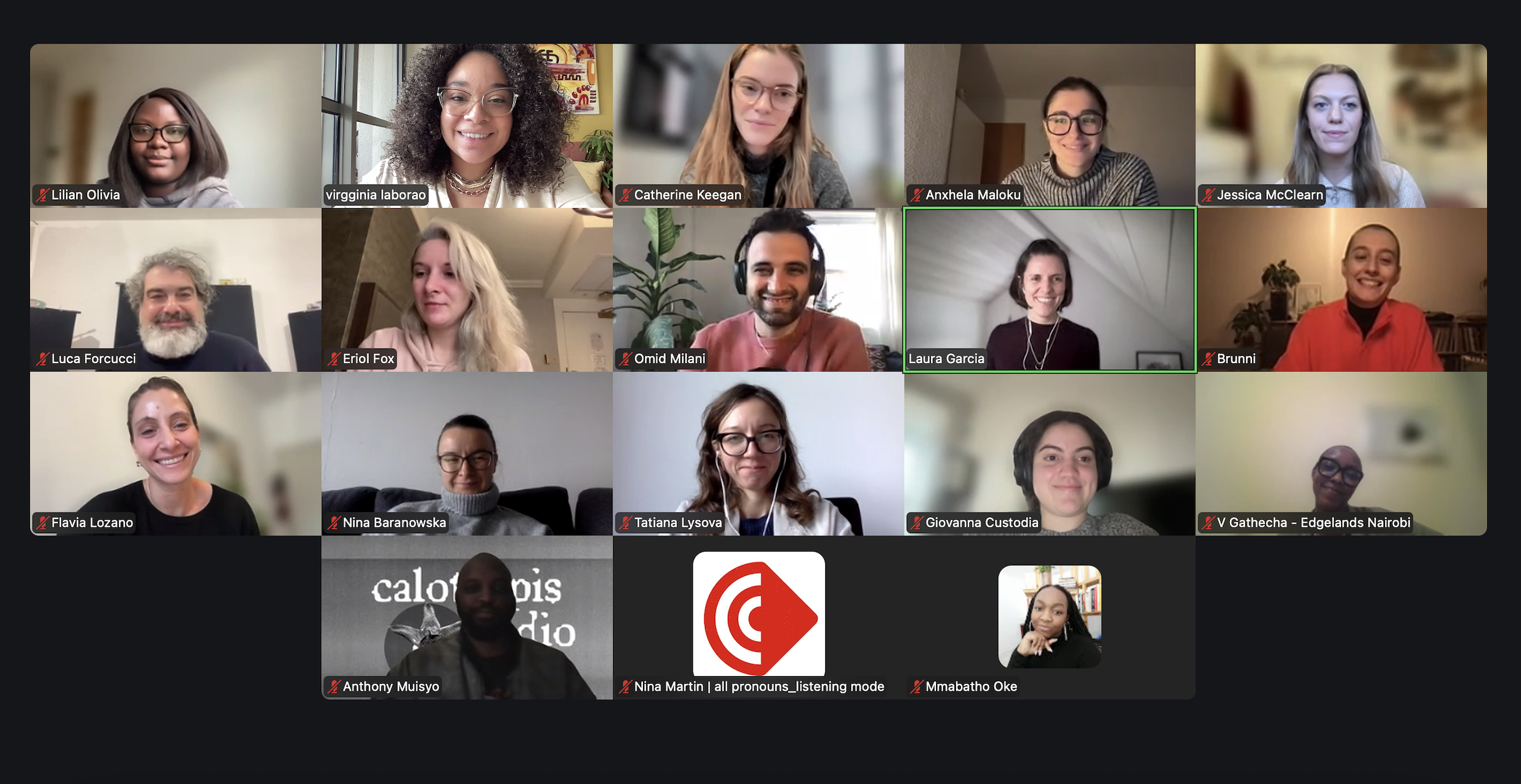Dispatch from Oslo: Revisiting the Urban Social Contract in the 'Regime of Goodness'
Santiago UribeA close look to the Norwegian social contract model.

Photo by Santiago Uribe
“Now 1 million users have downloaded Infection Control, hurray!” (sic). The Norwegian Institute of Public Health (FHI) triumphantly tweeted that their contact tracing app “Smittestopp” had been downloaded by 1 million users. Even if the effectiveness of contact tracing apps have produced mixed results, the success of the Norwegian State to curb the rates of infection and deaths from Covid-19 and keep the virus at bay has been clear.
Preliminary studies showed that contact tracing apps are only effective when they are used in combination with other policy measures. The complexity of the technology, its interoperability, and concerns over privacy undermined their success in Europe and Norway. An expert committee reviewed the app and concluded that it stored too much personal information. The Norwegian Data Protection Authority warned that the government continued to collect data that was not being analyzed due to low rate of infection and the data retention potentially infringed data protection laws. By June 15th FHI announced that it had ceased to collect data and advised the public to deactivate the app. The government, abiding to the law and respectful of people's privacy, ceased to collect personal data and terminated this form of surveillance once the threat and purpose ceased to exist.
Backed by a sovereign wealth fund worth trillions of dollars, the Norwegian State has been able to face the pandemic with relative success (at least compared to Sweden and other EU States). The government of Erna Solberg opened three battle fronts in the fight against the virus: slow and control the spread of the virus domestically, mitigate the impacts of an economic fallout and address the social costs of enacted policies. First, to reduce the rate of infection domestically, the government ordered travel restrictions, prohibition of public and private gatherings, closing of non-essential businesses, and home office. The government held daily press conferences for almost a month to update the public, even holding a press conference for children. Second, to mitigate the impacts of economic fallout, Norway deployed its generous social safety network providing tax cuts, subsidizing payrolls and industries and covering unemployment payments to everyone who lost their jobs, including students and foreign workers. Finally, to reduce the social impacts of said measures, the government prioritized the re-opening and return of essential social services to the most vulnerable groups including reopening schools and children's activities, services for childrens with special needs and other youth at risk. As the Prime Minister Erna Solberg (Right Wing Party) reflected: “The government has chosen to prioritize children, then working life, and finally other activities.”
Thanks to a generous welfare system and a strong social security network, the human and economic costs of the pandemic have been largely mitigated. As businesses closed and workers were laid off the government stepped in to subsidize payrolls and pay unemployment benefits to those who lost their jobs. People were able to stay home and practice social distancing. Students were able to remain in University as education here is free (undergraduate and postgraduate programs) and cheap loans are available. Daily news conferences with top public health officials and scientists kept the public informed and the deep trust of institutions and authority became evident. A sense of solidarity and community flows through Norwegians and the social contract reflects a system dubbed by Terje Tvedt as the ‘regime of goodness’ meant to codify Norwegian moral and political ambitions. The term gives a technocratic (“regime) to a national moral ethos (“goodness”) that reflects Norwegian character, inspired by Gro Harlem Brundtland saying “it is typically Norwegian to be good”. People stayed home and Norway did not get the worst of the Pandemic.
I am inclined to write about the role of cities in this pandemic and how it has accelerated the need to redraw our social contract. It has been said that Nordic cities are among the most livable cities in the world. To be sure, the biggest cities in Norway, Oslo and Bergen, suffered the highest numbers of infections. There is something to say about density and certain communities where the virus spread faster, but the institutions in the City responded accordingly, in tandem with the central government and the response was coordinated. In Norway, the city -urbanization- has not been a powerful transforming force in the regime of goodness. In Norway, nature and the countryside play a central role in the collective imagination and is a powerful national symbol.
I could see this within the public debate on virus-related restrictions and contact-tracing, when Norwegians were concerned about not being able to visit their mountain cabins. Not being able to retreat to the forests and mountains was government overreach. Norwegians almost drew the line in the sand and this revealed an element of the Norwegian Social Contract we might hastily dismiss: For all its trust in government, institutions, and display of solidarity, Norwegian culture and character is soaked by an ethos of partnership with nature, a form of eco-humanism and romantic ideal of going back to nature. Living a life balanced with nature is central to the cultural history of Norway. Open spaces, free and unlimited access to public lands and the relation to nature is a national emblem of Norwegian character and part of goodness. Much of this is transplanted to the Cities, making them human-centered, highly livable and where solid, competent institutions are trusted.
In evaluating this social contract, I can summarize it by quoting Martin Sandbu in Witoszek’s (2011) mapping of the cultural history of Norway: “thanks to good management and a great good deal of good luck, Norway is the first society in the history of humanity which can afford a welfare system that can really make everybody free”. The good luck came in the form of the discovery of vast reserves of crude oil in the North Sea during the sixties and seventies, flooding the country with tremendous wealth. Norway ranks in the top of oil-producing countries and the whole production is State-owned. The good management of this new-found affluence took the form of a National Sovereign Fund that backs pensions, finances a quality public national healthcare system and provides child support, free higher education and ensures the welfare State. Other countries too have wealth, national resources, global financial city-hubs but lack the freedom, the welfare, the solidarity.
There is a whole deal we can learn from this regime and people. The pandemic- as global catastrophes usually do- brought out the best of the Norwegian character. Trust in government, solidarity, a sense of community, respect for privacy, democratic values, helped stave off a social and economic breakdown. I would hope to see some elements of the Norwegian model in the social contract of the future: a peaceful place where the human condition can flourish, guided by the values of solidarity, community and in harmony with nature.



